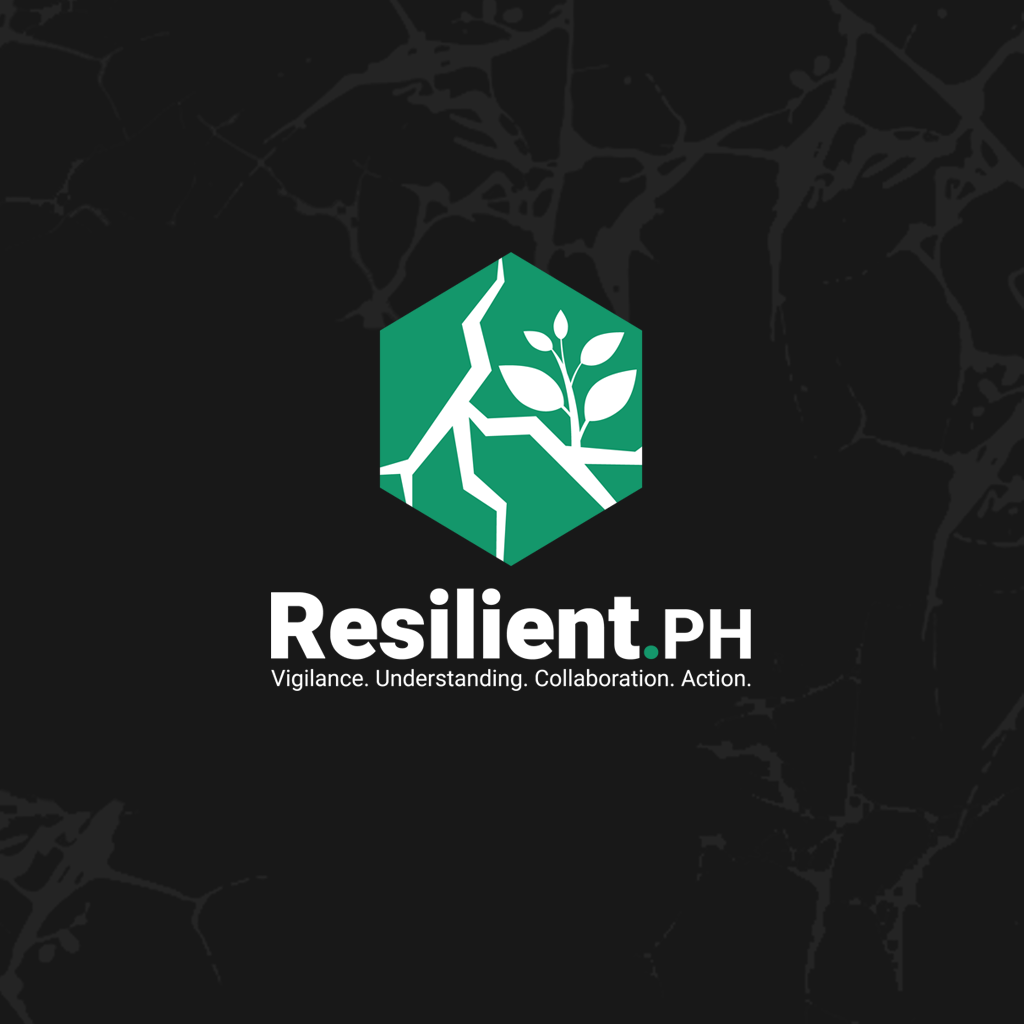In an era marked by unpredictable challenges—from natural disasters and infectious disease outbreaks to financial crises and social upheavals—resilience is the goal of effective disaster management. But resilience is more than just the ability to recover from setbacks; it is about transforming adversity into an opportunity for growth and maintaining core functions amid chaos. Understanding and implementing resilience is essential for individuals, businesses, communities, and nations.
Resilience transcends the idea of merely bouncing back from disruptions. It embodies the capacity to anticipate, withstand, adapt, and recover from adverse effects while preserving and enhancing essential functions. For a community struck by a natural disaster, resilience means surviving the immediate impact, learning from the experience, investing in preventative measures, and fostering a culture of preparedness. Similarly, for businesses, resilience involves strategic planning and robust risk management to ensure operations continue smoothly despite disruptions. On a national level, resilience is about creating systems and policies that support rapid recovery and long-term stability.
Investing in resilience is not merely a choice; it is a necessity. For businesses, prioritizing resilience means better handling economic downturns, supply chain disruptions, and other crises. Strategic investments in technology, employee training, and risk assessment enable businesses to adapt swiftly and recover more effectively. For nations, the stakes are even higher. A country’s ability to manage and recover from disasters directly impacts its economic stability, social cohesion, and overall security. Governments that invest in resilient infrastructure, robust emergency response systems, and comprehensive disaster planning can mitigate the impacts of crises and support quicker recovery. Such investment protects lives and property and fortifies the nation’s future against unforeseen challenges.
Effective resilience strategies encompass several vital components. Governance plays a crucial role; governments must craft and enforce policies that clearly define the roles and responsibilities of all stakeholders. This includes revising disaster risk management frameworks to ensure local communities, businesses, and international partners understand their role in strengthening resilience. Clear policies facilitate coordination and ensure that resources are effectively allocated.
Understanding and managing risks is another cornerstone of building resilience. This involves conducting regular risk assessments to identify vulnerabilities and develop business mitigation strategies. On a national level, governments should implement risk assessments for new investments, ensuring that potential threats are considered and addressed proactively. Effective risk management helps reduce the impact of future disasters and ensures better preparedness.
Financial resilience is also critical. Businesses should create contingency funds and invest in insurance and reinsurance options to manage financial risks. Governments, too, need to develop comprehensive disaster risk financing strategies. This includes establishing public programs to support local risk management and recovery efforts ensuring that resources are available when needed. Such financial strategies help communities recover more quickly and strengthen their overall resilience.
Engaging the private sector is essential for building resilience. Businesses that understand the value of investing in resilience can contribute significantly to community and national preparedness. Collaborative efforts between governments, businesses, and international organizations can enhance overall resilience by leveraging commercial expertise and resources. The private sector’s involvement ensures that resilience strategies are practical and effectively implemented.
Knowledge sharing and information dissemination play vital roles in resilience. Establishing platforms for exchanging hazard and risk data can improve understanding and management of risks. Creating systems that facilitate the sharing of critical information, such as climate modeling and risk assessments, enhances preparedness and response strategies for businesses and governments.
The Resilient.PH, for instance, has developed a resilience programming framework, which means programming resilience into a system requires developing specific policies, programs, processes, capabilities, and resources that will contribute to its overall ability to bounce back better from a shock—the Resilience Programming Framework developed by Resilient.PH includes five key elements: Asset Protection and Risk Management (APRM), Enterprise Continuity Planning (ECP), Disaster Risk Reduction (DRR), Crisis and Opportunity Management (COM), and Resilience Communication (ResComms). Integrating these elements ensures a system can handle shocks effectively and bounce back stronger.
[Read more: The Resilient.PH Resilience Programming Framework (RPF)]
Examples of Resilience in Action
Japan’s Comprehensive Approach
Japan’s response to the 2011 earthquake and tsunami is a testament to resilience. The country’s commitment to stringent building codes, advanced early warning systems, and community-based disaster preparedness has significantly improved its ability to manage and recover from subsequent disasters. Japan’s approach highlights the importance of proactive measures and continuous adaptation.
New Orleans’ Rebuilding Efforts
In the wake of Hurricane Katrina, New Orleans undertook a comprehensive rebuilding effort focused on resilience. Upgrades to levee systems, detailed evacuation planning, and investment in community programs were central to strengthening the city’s capacity to handle future disasters. New Orleans’ experience underscores the importance of strategic investment and community engagement in building resilience.
Key Takeaway
Resilience is a fundamental aspect of effective disaster management that extends beyond mere recovery. It embodies a proactive approach involving preparation, strategic planning, and coordinated efforts across various sectors. For businesses, communities, and nations, investing in resilience through policy changes, risk assessments, financial strategies, and knowledge sharing is essential for maintaining stability and security in adversity. Embracing and investing in resilience is a strategic imperative and a pathway to a more secure and prosperous future. By understanding and implementing the principles of resilience, we can better manage challenges and build a foundation for long-term stability and growth.


